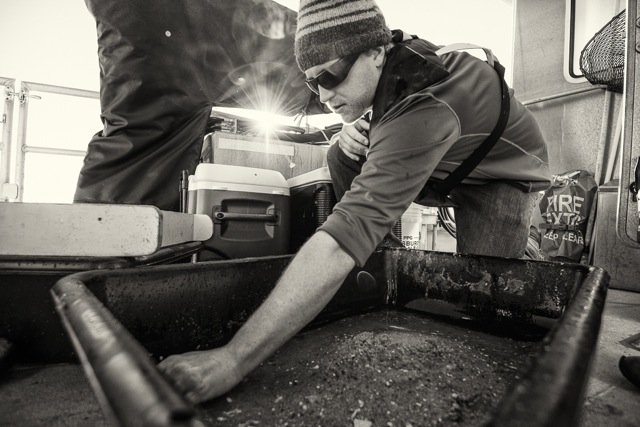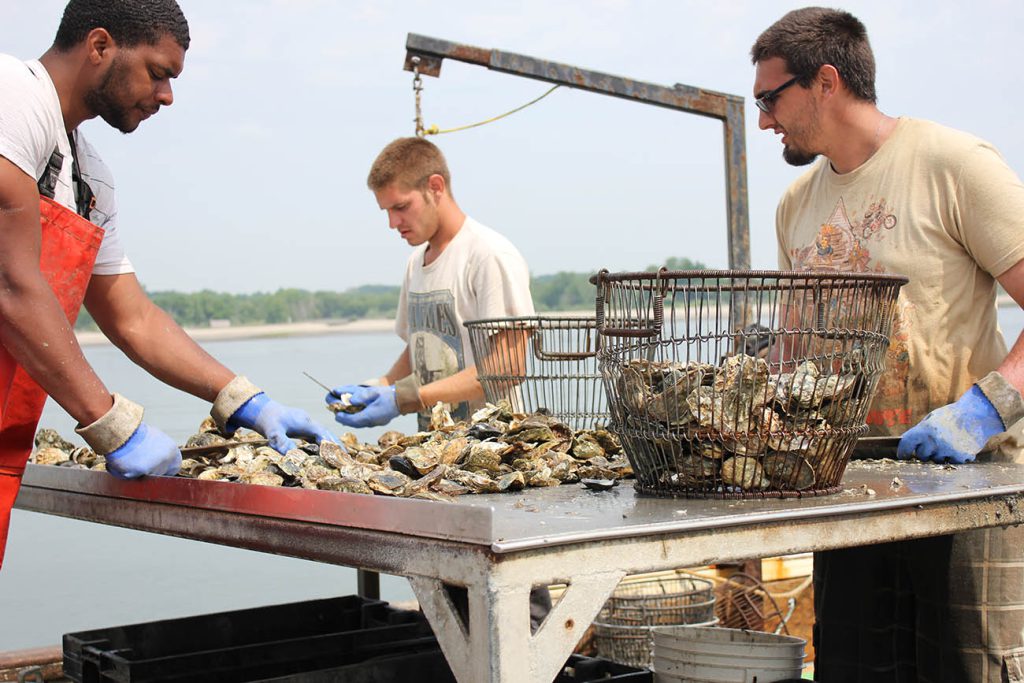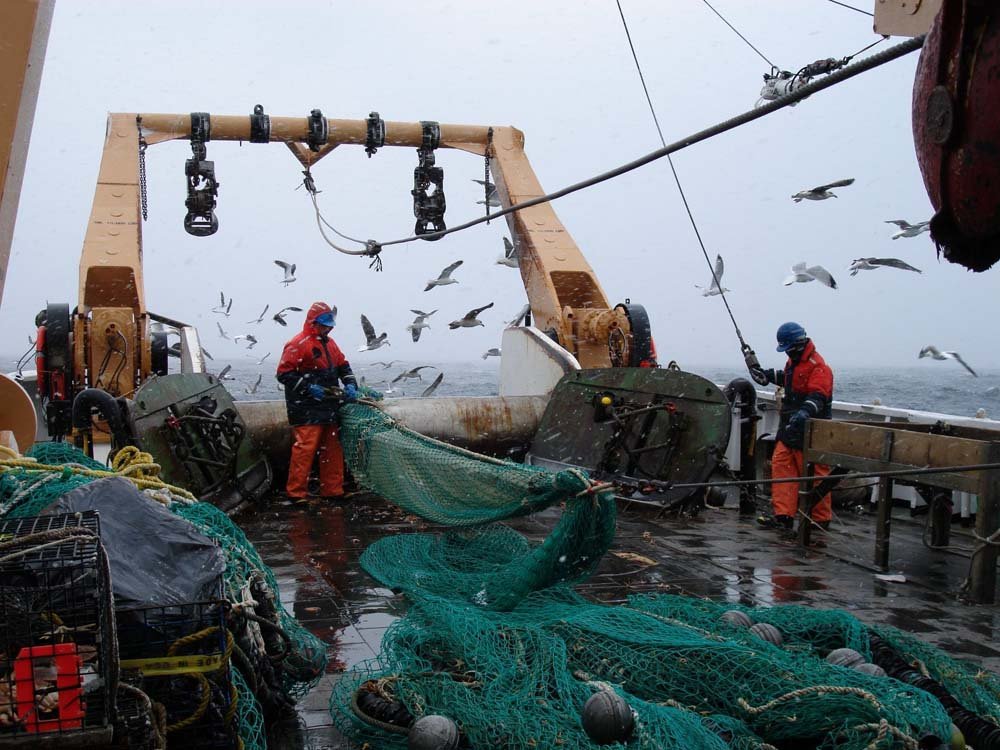NORTHWEST FISHERIES SCIENCE CENTER: Ocean Acidification Facility
Species exposure experiments that measure the response of organisms reared in seawater with manipulated carbonate chemistry are an important way to learn about the potential effects of ocean acidification (OA). Experimental systems that closely mimic the natural environment (e.g. with multiple stressors) can lead to studies with greater ecological relevance. Using a combination of NWFSC and OAP funds, the NWFSC built a facility for conducting species exposure experiments at the Montlake Lab, and has started a new facility at the Mukilteo Field station. The facilities include both rearing aquaria and a lab for carbon chemistry analysis (DIC, alkalinity, spectrophotometric pH). The NWFSC experimental systems are considered “shared-use” facilities, in that the systems are available for NWFSC research teams and outside collaborators as capacity allows. In the past, we have worked on collaborative projects with PMEL, University of Washington, Oregon State University, Suquamish Tribe, Evergreen State University, Cal Poly and Western Washington University. These collaborators often provide external funding for experiments, greatly increasing the research that can be conducted.
NORTHWEST FISHERIES SCIENCE CENTER: Ocean Acidification Facility Read More »









